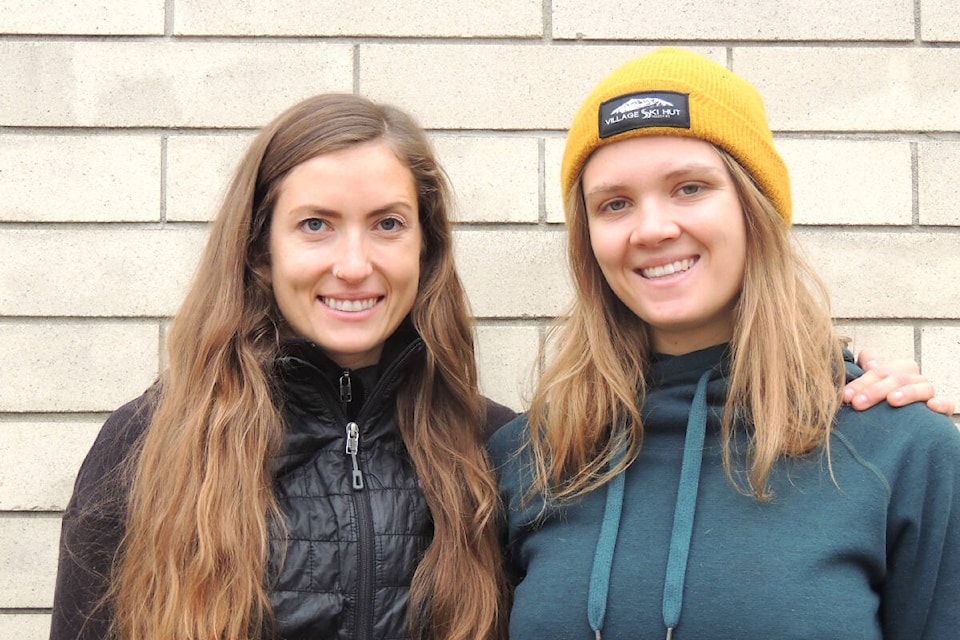by Jessi-Lynn Rubin and Jacqueline Van Horne
*********
When trees begin to decay, they are often seen as a danger rather than a refuge for wildlife. These trees, called wildlife trees, contain features such as cavities, peeling bark, cracks, and broken tops.
According to Mike Fenger, a registered professional forester, wildlife trees provide critical nesting, denning, roosting, feeding, and perching habitat to over 70 species of birds, mammals, and amphibians in British Columbia. Unfortunately, in many regions, wildlife trees are in short supply due to human activity.
Wildlife trees are created naturally through aging, fungus or insects, and natural disturbances such as wildfires. When a tree gets infected by fungus, the wood begins to soften. This attracts primary cavity excavators, like the threatened Lewis’s woodpecker, to make holes in the trunks of trees in search of insects. Secondary cavity users, such as wood ducks, martens, and owl species, follow these engineers and make use of their excavations.
A number of human factors threaten the outcome of a wildlife tree. Wildlife trees are known as danger trees when they pose a hazard to human safety or infrastructure. In low elevations where human populations are prevalent, these danger trees with high wildlife value are often removed.
Timber harvest prevents trees from becoming large and old enough. Similarly, trees that are cut for firewood are often those that have high potential as wildlife trees. Fire-killed trees can also be a valuable habitat for a variety of species as it speeds up the decay process. This has been greatly affected by decades of fire suppression.
To replace trees that have been lost, wildlife trees can be created through a process called tree inoculation. Natural heart rot can take over 100 years from initial tree scarring while manually created wildlife trees can show signs of heart rot in just 3 years. Ideal species to inoculate include Douglas fir, ponderosa pine, or hardwoods such as black cottonwood and aspen. These are selected based on height, diameter and a location that is optimal for wildlife use.
Before inoculation, trees are treated mechanically by “girdling”, which involves making a narrow, shallow cut that is partway or fully around a tree to promote decay or death of that section of tree. Another technique is to remove the treetop and limb the remaining upper section of the tree. These dead tops will become ideal platforms for open nesters such as osprey, eagles, and hawks. Trees are also scarred, acting as an attractant to woodpeckers to start excavating a tree.
Trees may receive a combination of these treatments. All trees that receive these mechanical treatments are further inoculated with a native heart-rot fungus. This process involves drilling holes into the tree and pounding in a dowel that has been saturated with the fungus.
There are many ways we can protect current wildlife trees in the surrounding forests. Improved danger tree-management, both publicly and privately, could include the practice of topping partially decayed trees rather than fully removing them. If trees or power poles used for nesting must be removed, they can be replaced by installing nest boxes or creating new wildlife trees. Acquiring and expanding conservation lands are both large-scale actions that can help protect wildlife trees.
Taking action by protecting any wildlife or potential wildlife trees in our own backyards is a crucial step forward. Signs you can look for to determine whether a wildlife tree is being used include the presence of cavities, nests, claw scratches, woodchips surrounding the tree, denning holes, bat guano near loose bark, and food caches.
As a community, we can each do our part to conserve wildlife trees, making a positive impact for the wildlife that use them.
Jessi-Lynn Rubin and Jacqueline Van Horne are second year Recreation, Fish and Wildlife students at Castlegar’s Selkirk College.
